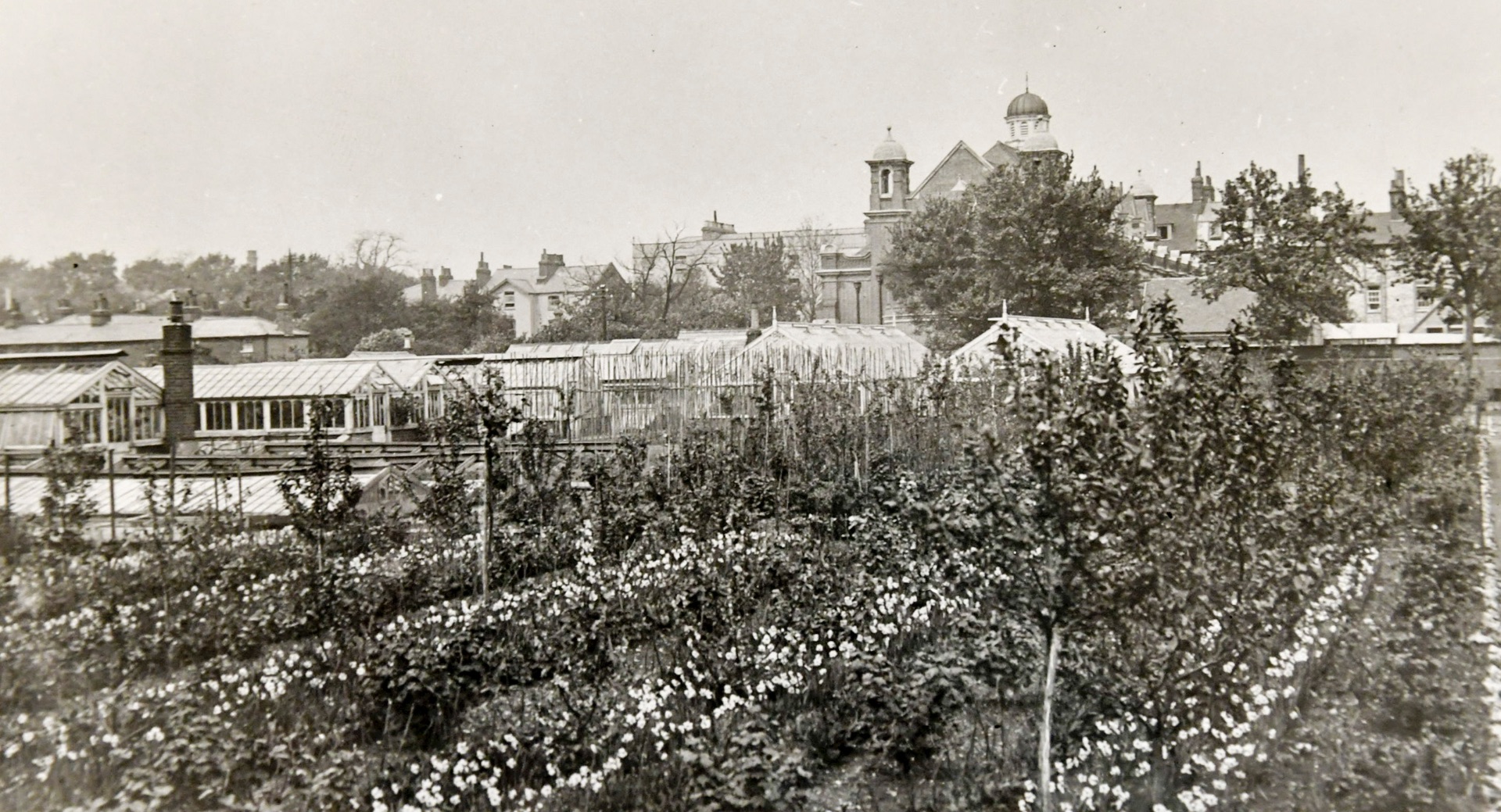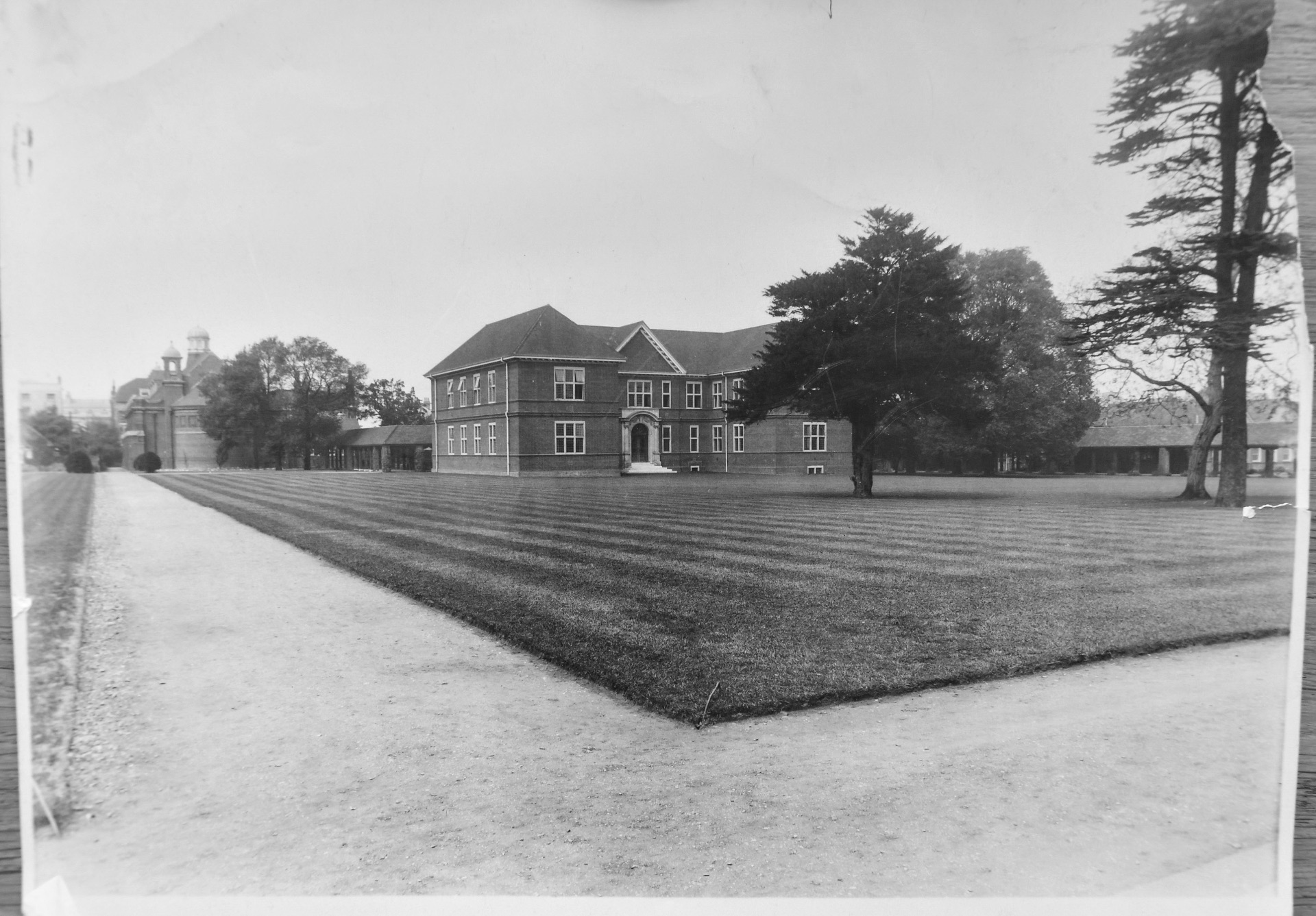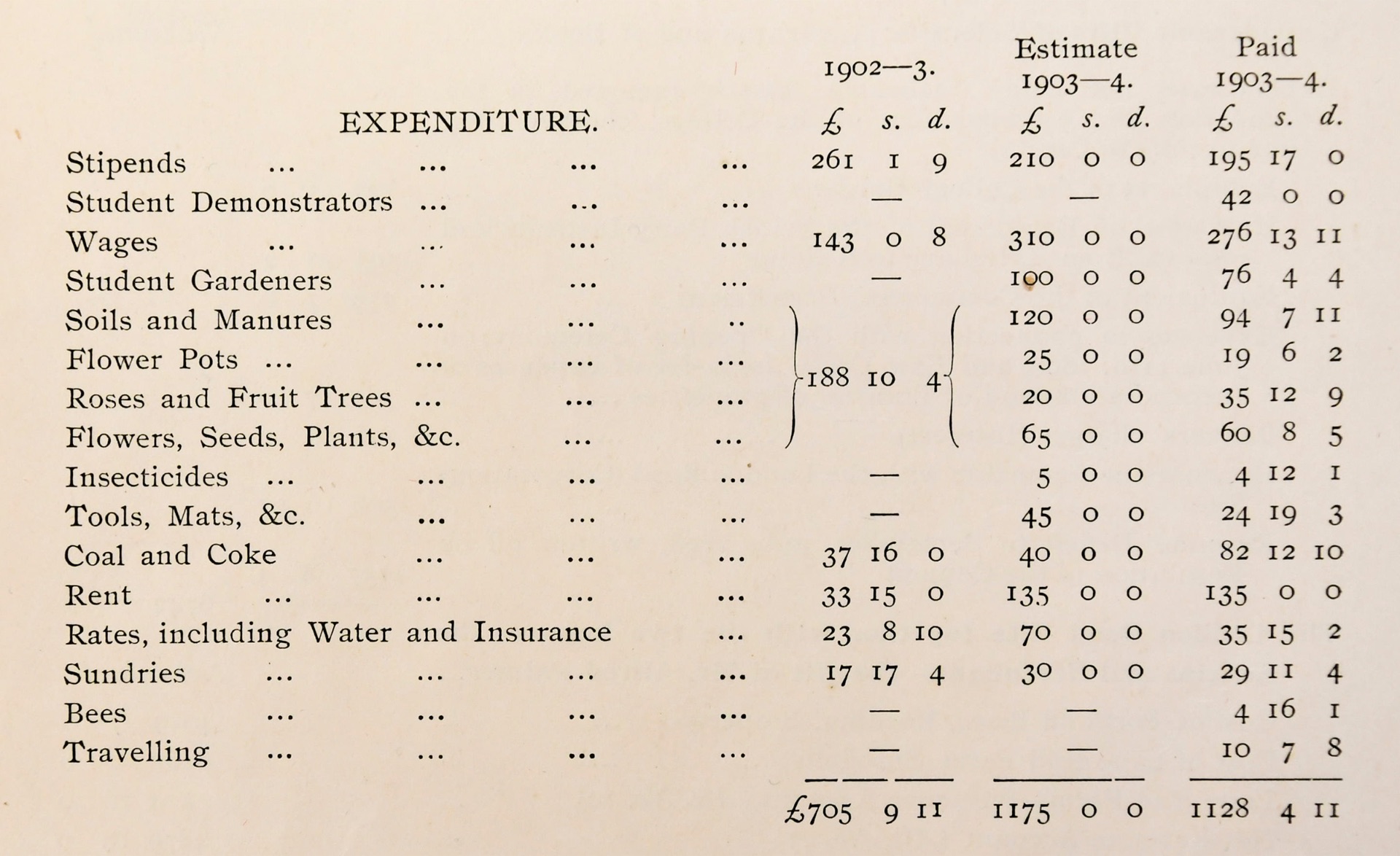Walking along the West Cloister at London Road, you will notice signs stating that grass has been left to grow between Buildings L24 (The Learning Hub) and L27 (Global Recruitment), as well as between L27 and L29 (Music).


Further along the cloister, towards the north, between L29 and L33 (ICT & Modern Languages), is the Bee Meadow. This was officially opened on World Bee Day, 20th May 2022, together with the unveiling of a Bee Hotel whose construction had been assisted by local primary school children in a design competition on the theme of ‘Save Britain’s Pollinators’.

The Bee Meadow Project is directed by Dr Jo Anna Reed Johnson, Director of Climate and Sustainability Education at the Institute of Education. It is funded by the Friends of the University of Reading. The project engages trainee teachers who will encourage young people to consider climate change through the perspective of bees.
With the help of the University’s Teaching and Learning Fund, the project is beginning to co-create teaching and learning activities and resources through a collaborative process, which reflects the pedagogical approach for education for sustainable development.
The History of this Part of the Campus
That the area along the West Cloister should become the focus of bees and pollination seems particularly appropriate given its history.
As I showed in my post about the missing South Cloister, it wasn’t until 1927-8 that plans for the West Cloister and its buildings were finally approved by Council. Before that, early maps in College publications label the land as:
-
- ‘The College Garden (for horticultural teaching and practice)’ (1902);
- ‘Horticultural Ground’ (1903);
- ‘Horticultural Department University College’ (1904);
- ‘Horticultural Gardens’ (1906);
- ‘Part of Horticultural Garden and Glasshouses’ (1907);
- ‘Reserved for building’ (1926).

By the time the College moved from Valpy Street to London Road in 1905, the land on the west side of the campus was already being leased from the Palmer family as a practical area for students in the Department of Horticulture.

The glasshouses mentioned above must have been heated through the winter as the Garden’s expenditure accounts (see below) include fairly large sums for coal and coke.
The glasshouses with the Great Hall in the background, can be seen in these two images:


These plots were much more than a location for staff to demonstrate and for students to practise; it was a commercial enterprise. Some of the College’s earliest financial reports contain separate details of income and expenditure for the College Garden.
In this statement for the academic year 1903-4, the income from selling produce amounted to more than two-thirds of the net value of fees from Horticulture students.

The next photograph has the following inscription on the back:
‘Crop of Tomatoes in newly-planted Vinery – variety : Winter Beauty Horticultural Gardens at the College, London Road (c.1907)’.

I believe the greenhouse below to be the Vinery – you can just make out the tomatoes, but I am not sure where it was located. The foreground looks like the original rose garden, in which case this might be near where the Peace Garden is now. There is no date or description on the back.

In 1917 Horticulture left the Campus and moved to Shinfield. As the next photographs show, the gardens were grassed over before construction started on the West Cloister. These images were taken after the New Library was completed in 1923. It can be seen on the right and now houses Architecture:


But What about the Bees?
Before I discovered the financial accounts referred to above, I had wondered whether beekeeping had been part of the Horticulture Department’s activities.
I’d noticed from lists of examination results that insects were on the syllabus: annual reports from Reading College between 1899 and 1901 include Entomology in the Certificate in Horticulture; there were also Certificate Examinations in Entomology and Associate Examinations in Agricultural Entomology.
The first mention of bees was for the academic year 1903-4: the University College Gardens Accounts record that £4 16s 1d was spent on bees (nearly as much was spent on insecticides!):

There are further references in the accounts for 1905-6 and 1906-7, now under the general heading of ‘apiculture’ rather than just ‘bees’. By 1907 the amount spent on apiculture had increased to £7 5s 5d.
There are no further mentions of bees or apiculture in these records. That doesn’t necessarily mean that apiculture had ceased, simply that the accounts were presented differently and in less detail in the Annual Reports. In addition, the accounts for 1906-7 are joint accounts for London Rd and the Fruit Station at Shinfield. So it is possible that some of this activity had moved there.
Nevertheless, there is clear evidence that apiculture did take place on the London Road Campus at the beginning of the 20th Century; in 2023 when the flowers bloom, the bees will have turned full circle!
Thanks
To Dr Jo Anna Reed Johnson for help with details of the Bee Meadow Project.
Sources
Giles, A. K. (2000). From ‘Cow College’ to Life Sciences: a chronicle in celebration of seventy-five years and a new name for The University of Reading’s Agricultural Faculty. The Faculty of Agriculture and Food (Life Sciences), University of Reading.
Reading College. Annual Reports and Accounts from 1899-1900 to 1901-2.
Reading College. Calendar from 1899-1900 to 1901-2.
University College, Reading. Annual Reports and Accounts from 1903-04 to 1907-08.
University College, Reading. Calendars from 1902-3 to 1925-26.
University College, Reading (1907). Students’ handbook. First issue: 1907-8.
University of Reading Special Collections. Report on New Buildings submitted to Council of the University by the Vice-Chancellor, February 1928 (UHC CM GOV 8).
University of Reading Special Collections. University History MS 5305 Photographs – Groups, Whiteknights Aerial, Halls, Agri – land – aerial – horticulture/farming.
University of Reading Special Collections. University History MS 5305 Photographs – London Road.

Fascinating! And definitely a case of what comes around …
Thanks Viv! Yesterday 5 of the PGCE students involved in the project gave presentations about their plans for engaging with the topic while on school experience. I was most impressed.